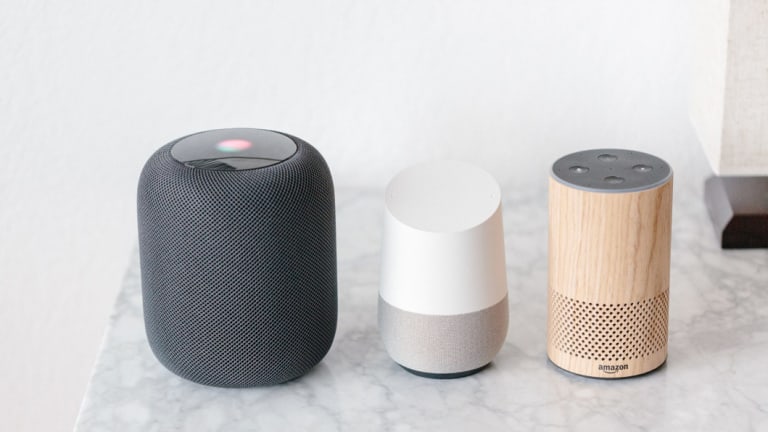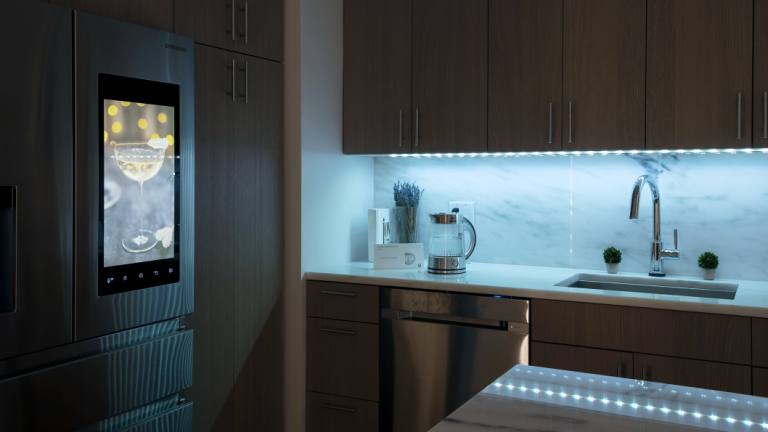
"Second is the cost savings for energy, being able to monitor and change your energy consumption habits. The third is comfort, which also ties into energy, so that's being able to control your lighting, blinds, or heating and cooling with either the touch of a button or through voice systems.

Schneider Electric's Smart Home Spaces director Ben Green.Credit:Schneider Electric
"The last is control, which is the convergence of all these other drivers, being able to manage it with as much or as little effort as you want."
Mr Green said Australian homes currently have an average of 27 connected devices, including smartphones, tablets, watches, TVs, fitbits and even fridges.
"As early as 2023, this is going to rise to 33 connected devices per household," Mr Green said, pointing to new technology like voice-activated microwaves.
He said with 'smart speakers' like Google Home, Amazon Echo and Alexa becoming more common gifts, "people are now asking, 'what else can I do with it', driving them down the path to make their home more automated and smarter."
"You also have people using it as the next step in making their home more sustainable and energy efficient. We've now gone past the honeymoon phase and the usual ‘disillusionment’ dip you see after the rush of early adoptions towards the reality of the technology,” Mr Green said.

Smart speakers, such as the Apple HomePod, Google Home and Amazon's Alexa are boosting smart home uptake.Credit:Jason Henry
Smart home start-ups
Australian start-ups are also getting into this growing smart home market, backed by cleantech investors such as EnergyLab.
Energy management start-up Symbiot Technology’s chief executive Kyle Bolto said the smart home market is currently fragmented, which is why the company has developed technology to bring control into a single point.
Mr Balto said the app and voice control system – which piggybacks on the Google, Amazon Echo and Alexa systems - provides remote or hands-free control of household’s power usage as well as visibility on which appliances are consuming energy.

The rise of the Internet of Things is allowing for more devices in the home to be connected, and controlled remotely.Credit:Karsten Moran / The New York Times
“If you’ve got a holiday home, or an AirBnB, you can turn the water heater on the day before people get there and turn it off after they leave. You can sync a booking calendar so that it does this automatically,” he told Fairfax Media.
“It can switch off any non-essential items, because it wouldn’t make sense to have your hot water heating running for five days if there is no one there. You can also control the heating and air-conditioning so AirBnB guests don’t leave it on after they go.
“We’re not trying to to be Google or Amazon, this isn’t going to open garage doors but will be a layer for more control.”
This increased control is what households are chasing, Mr Green said.
"Watch this space, as it will drive a lot of consumer purchases and the push towards more energy efficient homes," Mr Green said.
Covering energy and policy at Fairfax Media.




























